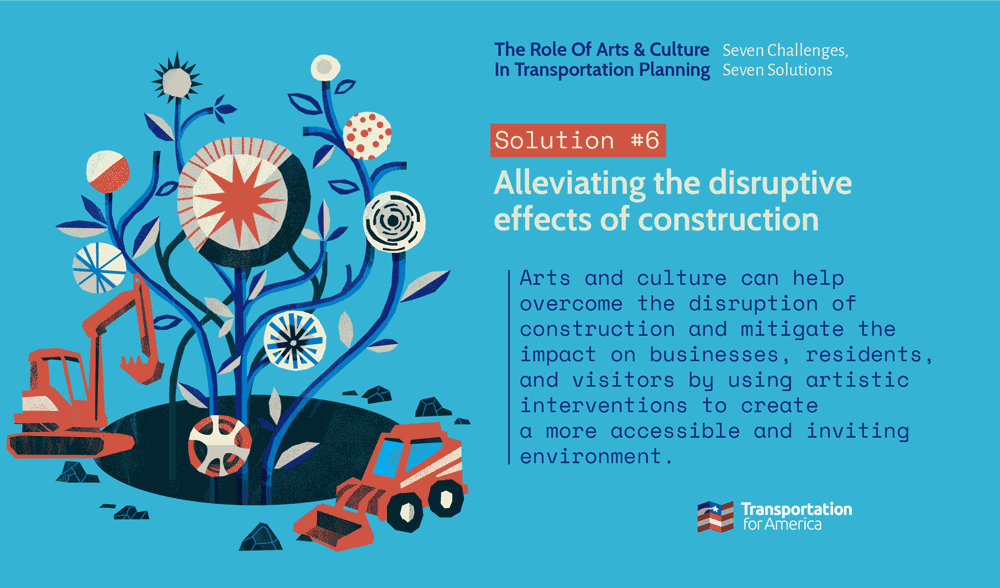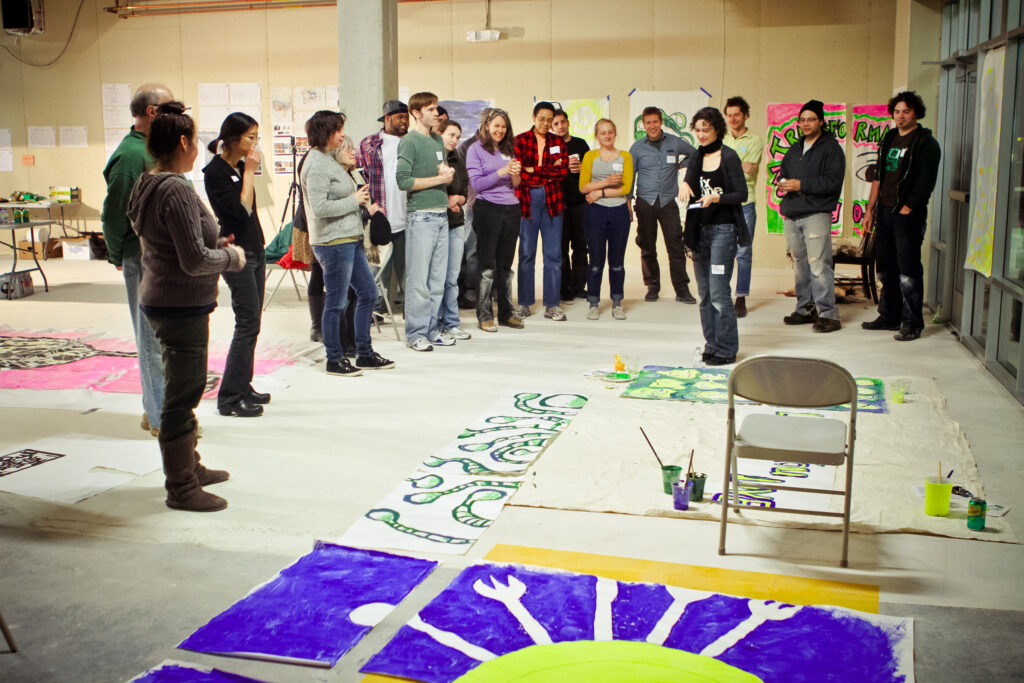Alleviating the Disruptive Effects of Construction

Transportation construction can create considerable disturbance which negatively impacts nearby businesses — often the very businesses that new projects are intended to help. While nearby businesses stand to benefit long-term from new transportation assets, they need to survive (and even thrive) during the period of disruption to make that possible. All too often, retail establishments with already slim profit margins are unable to survive multiple years of disturbance, especially in dense areas where parking is already in limited supply and access may be challenging.
New light rail and bus rapid transit projects often gather support from the small business community because of the new customers the systems will bring. But what happens if those same small businesses are no longer in operation once the construction dust has settled?
Challenge: How can the construction of transportation projects avoid producing negative impacts on local businesses?
At a minimum, construction should be mitigated to ensure that negative impacts on surrounding businesses are minimized. But so much more can be done beyond this bare minimum of “do no harm.” Done right, construction can present opportunities to temporarily strengthen businesses and deepen a sense of place and community pride. Generally viewed as an obstacle, construction can present some interesting opportunities. Busy roads may be closed to vehicular traffic, construction workers on site will need places to eat, and excavation may provide a spectacle as infrastructural history is uncovered. However, without careful management and intent, these opportunities will be overshadowed by the traffic and access problems, noise, dust, and negative perception of the construction corridor.
Solution: Arts and culture can help overcome the disruption of construction and mitigate the impact on businesses, residents, and visitors by using artistic interventions to create a more accessible and inviting environment.
Explore this approach through the following detailed case studies:

Irrigate
Though the new Green Line light rail line would finally connect the Twin Cities of Minneapolis and St. Paul with rail transit, business owners, local
